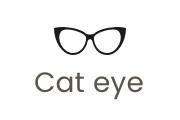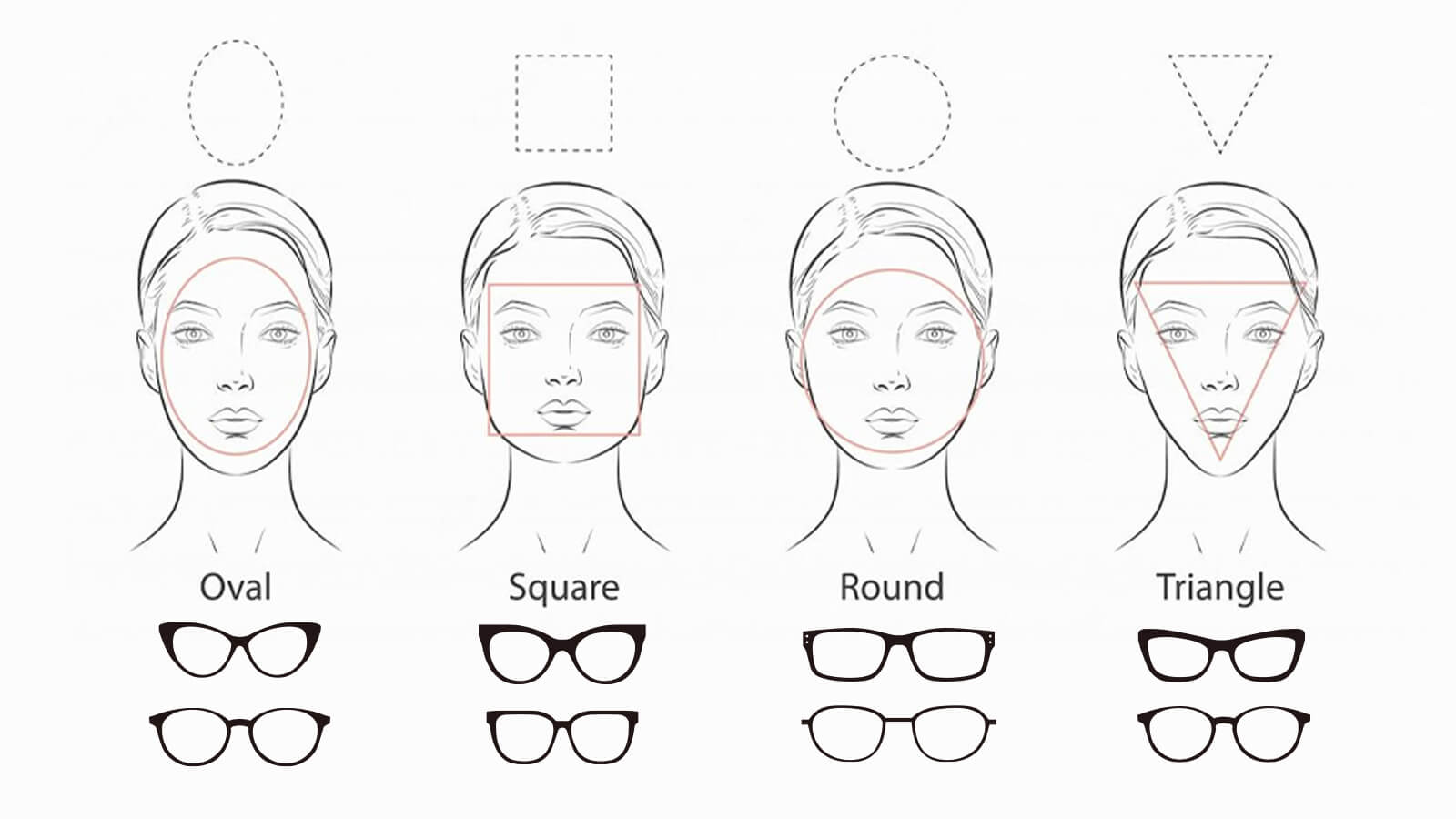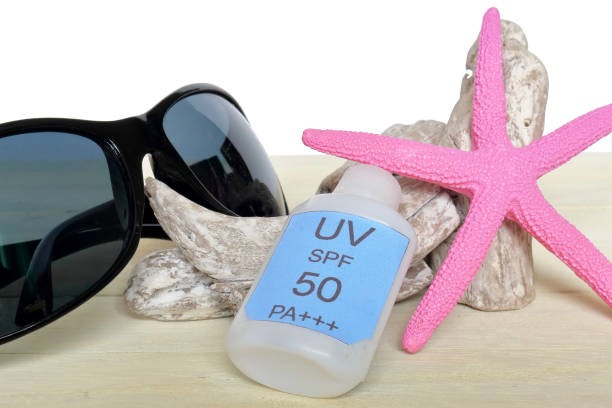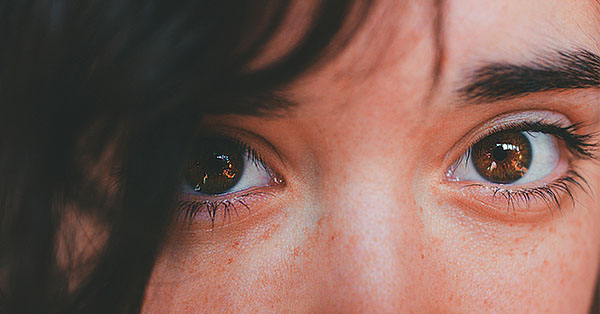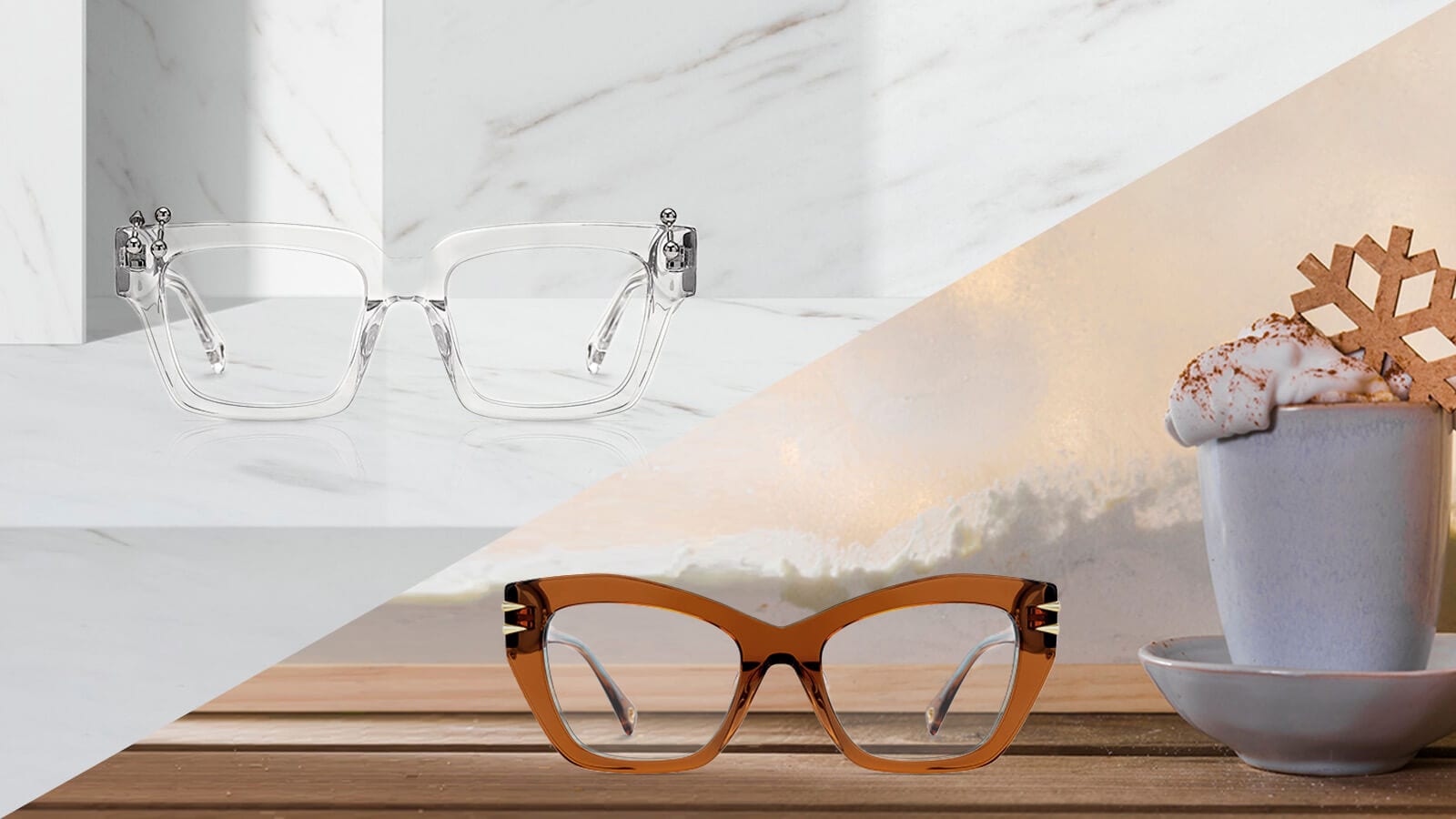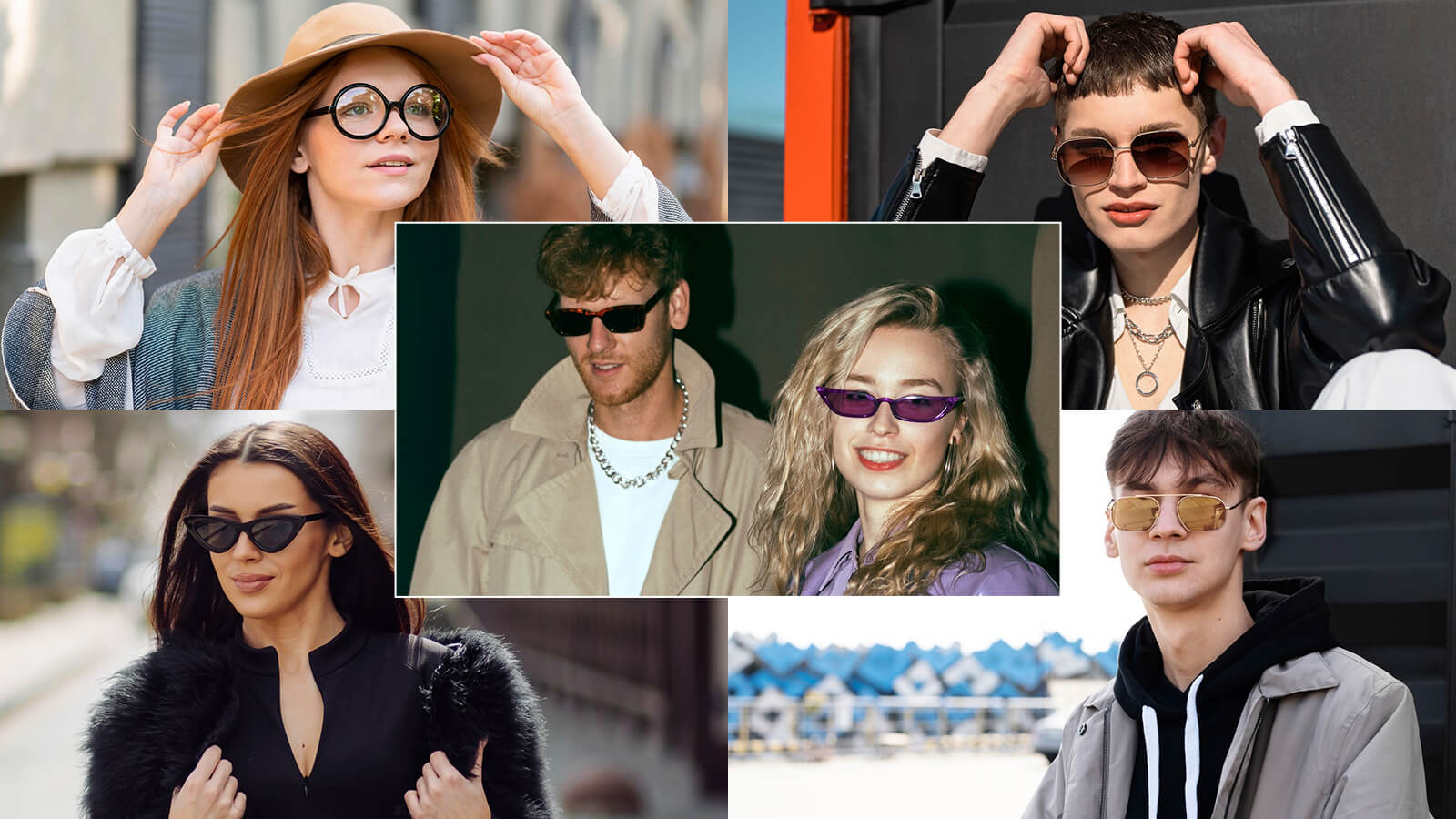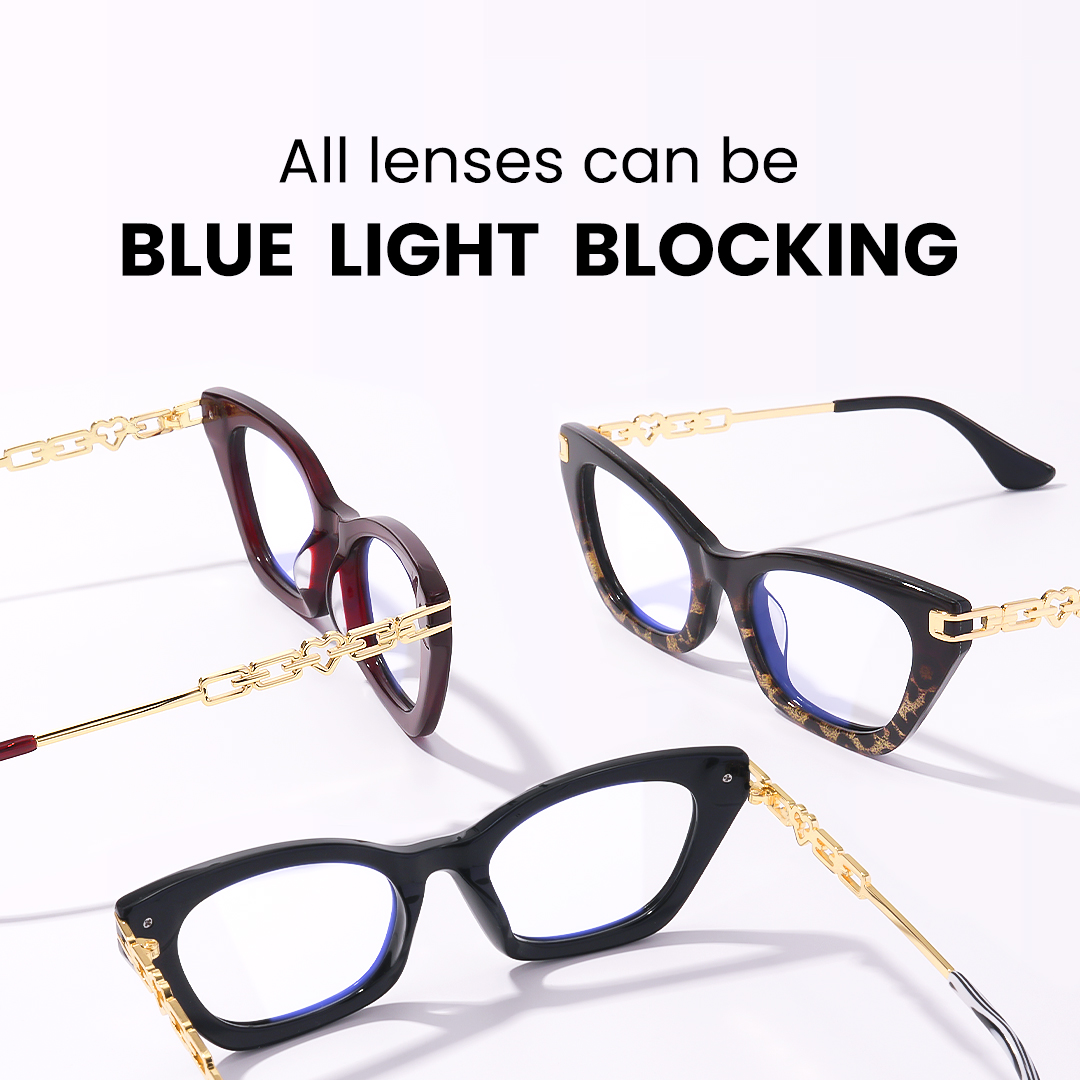
Guide to Picking Glasses That Suit Your Face Shape Perfectly
February 27,2023

What is Boho Style? A Comprehensive Guide to Boho-Chic Fashion
February 13,2025

Virtual Glasses Try On - Find Your Perfect Pair Online
April 02,2024

UV Protection Glasses VS. Blue Light Glasses - Vooglam
July 20,2023

Newest Style Modern Trendy Mens Glasses | Vooglam
March 01,2024

Stylish Reading Glasses: Blending Fashion with Functionality
February 16,2023

What are photochromic lenses & glasses?
September 22,2023

Brown Eyes: The Beauty of the Most Common Hue
September 01,2024

The chubby face glasses for round face female
August 02,2023

What are prisms in eyeglasses?
March 20,2023

What Are Bifocal Glasses? The Complete Guide (Types, History & Benefits)
April 14,2023

How to Read Your Eyeglass Prescription?
March 11,2023
Does Eye Color Affect Vision?
Home > Vooglam Blog > Does Eye Color Affect Vision? What Your Iris Says About Light, Sight & Sensitivity
Is your vision better or worse just because you have baby blues or chocolate browns? It's a question that sparks debates at dinner tables and doctor's offices alike. Here's the short answer: eye color doesn't change your core eyesight — you won't see 20/20 just because you have a certain iris shade. But before you dismiss the connection entirely, there's more to the story. Your eye color can significantly affect how your eyes respond to light, handle glare, and even your risk for certain eye conditions. Let's explore what science really says about how eye color and vision intersect in ways you might not expect.

What Determines Eye Color?
Before diving into whether eye color affects vision, let's understand what creates those captivating colors in the first place.
The Melanin Factor
Eye color boils down to one key player: melanin concentration in your iris. Think of melanin as nature's sunglasses — it's the same pigment that determines your skin tone and hair color.
- Brown eyes = High melanin concentration
- Blue eyes = Low melanin concentration
- Green/Hazel eyes = Moderate melanin with light scattering effects
- Gray eyes = Minimal melanin with structural differences
Nature's Built-In Protection
Here's where it gets interesting: melanin isn't just about aesthetics. It acts as a natural shield, absorbing and scattering light before it reaches the sensitive back of your eye. This protection mechanism is why the connection between eye color and vision goes beyond mere appearance — it's functional design at work.
How Eye Color Affects Light Sensitivity
The most significant way eye color impacts your visual experience? Light sensitivity, hands down.
Light Eyes (Blue, Gray, Green): The Sensitive Souls
If you have light-colored eyes, you've probably noticed you're the first to reach for sunglasses on bright days. There's science behind that squint:
- Higher Light Sensitivity: Less melanin means more light penetrates your iris
- Increased Glare Discomfort: Bright lights feel more intense and overwhelming
- Faster Light Adaptation Issues: Moving from dark to bright environments can be jarring
- Why It Happens: With less pigment to absorb light, more photons reach your retina, creating that "too bright" sensation
Dark Eyes (Brown, Black): The Natural Shades
Brown-eyed folks have a built-in advantage when it comes to bright conditions:
- Lower Light Sensitivity: More melanin absorbs excess light before it becomes problematic
- Better Glare Management: Natural filtering reduces harsh light effects
- Comfortable in Bright Settings: Beach days and snow skiing are less visually stressful
- The Trade-off: May need slightly more light for optimal vision in dim conditions
This explains why people with light eyes often squint more in sunshine — their eyes are literally receiving more light input than their brown-eyed friends.
Does Eye Color Affect Visual Clarity?
Here's what might surprise you: when it comes to actual visual acuity — how clearly you see that eye chart — eye color makes zero difference. Your iris color won't determine whether you need glasses or have 20/20 vision.
What Research Shows
Studies have found no proven correlation between eye color and:
- Visual sharpness
- Ability to see fine details
- Need for corrective lenses
- Reading ability
The Glare Factor
However, there's a subtle distinction in visual comfort:
- Lighter eyes may experience more glare-related visual disruption
- Darker eyes might enjoy slightly better contrast in very bright settings
- This affects comfort, not capability — think of it as the difference between driving with or without sunglasses
Eye Color and Eye Disease Risk
Now we're venturing into territory where eye color does play a statistical role, though genetics and lifestyle factors matter more.
Light Eyes: Higher Risk Categories
Research suggests people with blue or light-colored eyes show:
- Slightly elevated risk of age-related macular degeneration (AMD)
- Increased likelihood of developing photophobia (extreme light sensitivity)
- Greater susceptibility to UV damage over time
Dark Eyes: Natural Advantages
Brown-eyed individuals may benefit from:
- Built-in UV protection from higher melanin levels
- Lower rates of certain light-related eye conditions
- Reduced risk of melanoma in the eye
Keep Perspective
Before you panic about your baby blues, remember:
- Genetics plays a bigger role than eye color alone
- Lifestyle factors (UV exposure, smoking, diet) matter most
- Proper eye protection levels the playing field
- Regular eye exams catch issues early regardless of iris color
Other Fun Eye Color Facts
Because who doesn't love some eye-opening trivia?
Global Eye Color Statistics
- Most common worldwide: Brown (79% of the global population)
- Rarest natural color: Green (only 2% of people)
- Geographic patterns: Blue eyes are most common in Northern Europe
Color-Changing Eyes?
- Hazel eyes can appear to shift between brown, green, and gold
- Lighting, clothing, and mood don't actually change eye color — just perception
- Some eyes do lighten slightly with age (especially hazel)
Mythbusters: Eye Color Edition
Despite old wives' tales, eye color doesn't determine:
- Intelligence levels
- Athletic ability
- Personality traits
- Alcohol tolerance
- Pain sensitivity
The only thing your eye color reliably predicts? How much you'll spend on sunglasses!
FAQs
Are blue eyes worse for driving at night?
Not necessarily. While blue eyes are more light-sensitive, night driving challenges usually stem from pupil dilation and glare from oncoming headlights — issues that affect all eye colors. Quality anti-glare lenses help everyone drive safer at night.
Can I improve vision with tinted lenses for my eye color?
Tinted lenses won't improve your visual acuity, but they can enhance comfort. Light-eyed people often benefit from brown or gray tints for glare reduction, while those with dark eyes might prefer lighter tints that don't overly dim their vision.
Why do my green eyes hurt in the sun?
Green eyes have moderate melanin levels — more than blue but less than brown. This middle ground means you're more light-sensitive than brown-eyed folks. Quality UV-blocking sunglasses are your best friend for outdoor comfort.
Do people with lighter eyes need different sunglasses?
Not different, but possibly more crucial. Light-eyed individuals should prioritize 100% UV protection and consider polarized lenses for maximum glare reduction. Darker tints or photochromic lenses that adjust to light conditions can be especially helpful.
The Colorful Truth About Your Vision
So does eye color affect vision? Yes and no. While your iris shade won't determine whether you need reading glasses or ace the eye chart, it does influence your relationship with light. Light-eyed folks navigate a brighter, sometimes glare-filled world, while brown-eyed individuals enjoy nature's built-in dimmer switch.
The good news? Modern eyewear technology levels the playing field. Whether you're rocking arctic blue or deep espresso eyes, the right lenses can optimize your visual comfort and protect your long-term eye health.
Ready to find eyewear that works with your unique eye color? Vooglam offers a full spectrum of lens options designed to enhance every iris shade.
Find glare-reducing lens options perfect for your eye color at Vooglam | Explore sunglasses with polarized or photochromic lenses for extra protection | Try Vooglam's AR Try-On to see which frames suit your eye color best!
Because at Vooglam, we believe every eye color deserves to see the world in perfect comfort.

Vooglam Blog
Vooglam blog shares professional knowledge about eyeglass frames, lenses, etc., and provides help when purchasing and using eyewear products. At the same time, Vooglam focuses on fashion glasses to interpret the trend of glasses for you.

From Mocha Mousse to Cloud Dancer: The "Soft Power" Palette of 2025-2026
The fashion world is currently taking a deep breath. After years of neon dopamine dressing and chaotic prints, the collective mood is shifting toward something quieter, yet infinitely more powerful. W
December 26,2025
The Science of Polarized Lenses: How They Improve Clarity and Safety in Snowy Conditions
If you've ever been out on a sunny day in the snow, chances are you know all about snow glare. That painful, sometimes blinding reflection off the bright white of snow isn't just annoying; it can be e
November 26,2025
Don't Spook Your Style: 6 Iconic Halloween Costumes with Glasses
Halloween isn't just about jumping into someone else's skin for a night—it's about finding pieces of yourself you didn't know existed. For those of us who wear glasses daily, the question isn't whethe
October 16,2025
How to Fix a Metal Glasses Arm Hinge: A Step-by-Step Repair Guide
Why Hinge Repairs Are Common—and FixableIf you wear glasses daily, chances are you've dealt with issues related to the hinges on your metal frames. It's one of the most common weak points, and over ti
July 07,2025











